Creativity is as important a skill for students to learn as literacy, says British thought leader Sir Ken Robinson, and “we should treat it with the same status” in our schools.
That’s quite a bold statement—and yet, he’s not alone in his assessment.
The ability to solve complex problems requires flexible, innovative thinking. As the world’s problems become increasingly complicated, workers who can think creatively are going to bring tremendous value to their organizations.
This is why a growing number of educators are cultivating creativity among students of all ages by giving them opportunities to tinker, explore, design, and create. These opportunities are coming through hands-on projects assigned in either traditional classroom settings or makerspaces designed specifically for this purpose.
There are clear and compelling reasons why cultivating creativity among students is something that teachers in all subject areas should do. Here are three of the strongest.
Today’s employers demand it
Creativity is a skill that employers increasingly desire. According to the World Economic Forum’s “Future of Jobs 2018” report, creativity was the fifth most important skill for employees to have in 2018—but it will climb to third most important by 2022.
Workers who think creatively can streamline processes, invent new products, design enhancements to existing products, and imagine new markets or business opportunities—all activities that businesses need to succeed. But they’re also adept at solving complex problems, which is an important skill regardless of the career path that students choose.
It’s a more effective way for students to learn
As it turns out, leading a constructivist, hands-on approach to learning not only fosters student creativity; it’s a better way to learn core subject material as well. Having students become not just consumers of information, but creators of rich products that apply their new knowledge in innovative ways is the key to ensuring deeper learning.
There are decades of research to support the idea that students learn best by doing, and not by simply talking or reading about a concept.
In one study from 2015, researchers from the University of Chicago found that students who physically experience scientific concepts understand them more deeply and perform better on tests. Brain scans indicated that college physics students who took a hands-on approach to learning about concepts such as angular momentum and torque activated the sensory and motor-related parts of their brain when they later thought about these concepts—and activation of these areas of the brain was associated with better quiz results.
Having students make something is a great way to apply hands-on learning. Asking students to build their own catapult, for example, can help them understand the concepts underlying simple machines much more effectively than if they see a picture in a textbook. Better yet, challenge students to design a catapult that can hurl an object of a specified weight a certain distance—or to design the most accurate catapult they can.
As students work through the creative design process, they’ll come to grasp key concepts surrounding force and energy and will retain these concepts much longer.
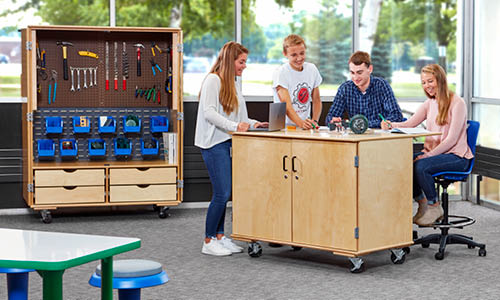
It helps reach all students, including those who are traditionally underserved
Encouraging students to be creative lets them take ownership over their learning, which is a great way to get them more invested in their education. This is true for all students, but especially those whose needs aren’t being met in traditional educational environments. Exploring their creativity gives shy or struggling students a chance to excel, and it helps students with disciplinary problems better regulate their emotions.
Want proof? Researchers from MIT and Pepperdine University created a “Learning Lab” makerspace inside a residential juvenile detention center, in which incarcerated teens could engage in self-directed projects. Many students discovered untapped potential they never knew they had—and in four years of the program, there were no incidents of violence or destruction. By contrast, the center’s traditional school averaged one such incident a day.
Integrating a hands-on, constructivist approach to learning can be daunting at first. If you haven’t done so before, you’ll naturally have many questions as you begin. Our free guide, “Cultivating Student Creativity,” can help. It explains what elements are necessary to get started and how to set up classrooms or makerspaces to support student creativity successfully.
Deanna Marie Lock
Deanna Marie Lock is a reputable educational leader with a multifaceted background as an elementary school teacher, assistant principal and principal, Instructional Solutions consultant, Instruction and Intervention Subject Matter Expert, and today as the Director of Category Expertise and Support across all of School Specialty’s target curriculum solutions and widespread product categories. With 18 years spent specifically in the public education sphere, Deanna now uses this in-classroom expertise to add a personalized, intentional approach when professionally advising to an audience she herself had been a part of for nearly two decades. Deanna is passionate about building purposeful long-term internal and external customer connections, and helping students find their passion and highest potential, too!
Read more by Deanna Marie Lock–>

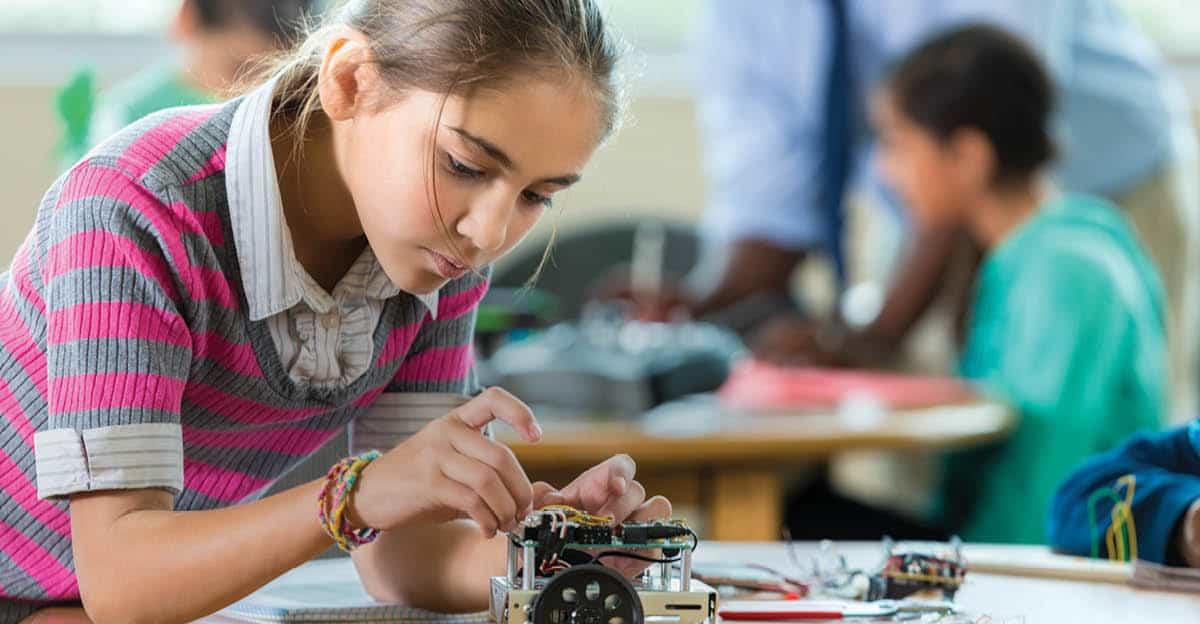

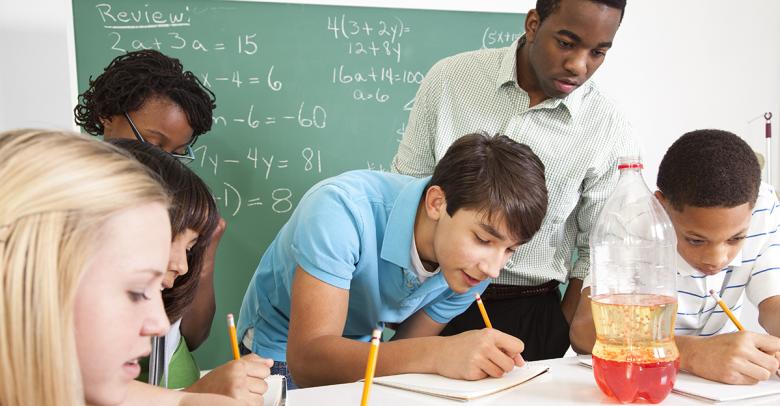
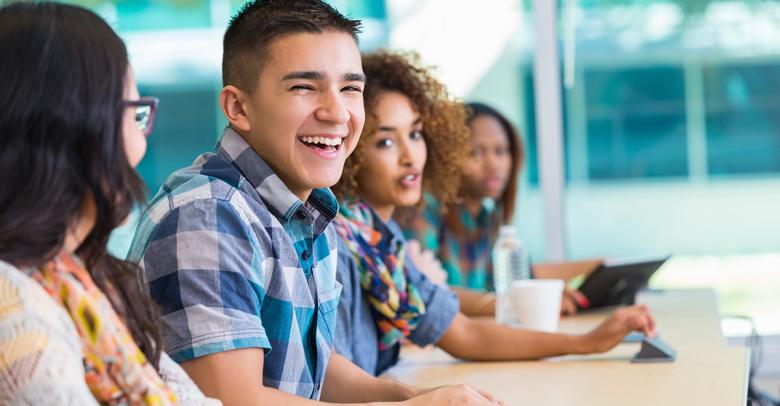
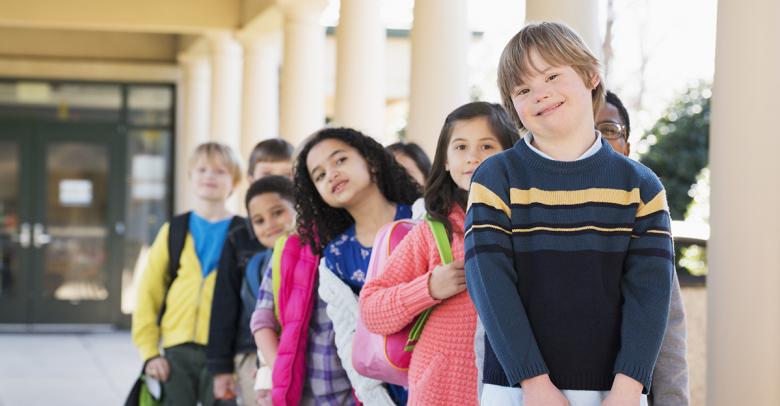
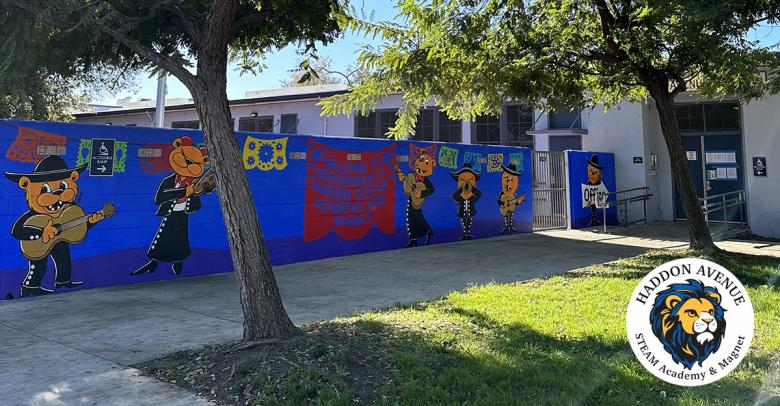
Leave a Reply